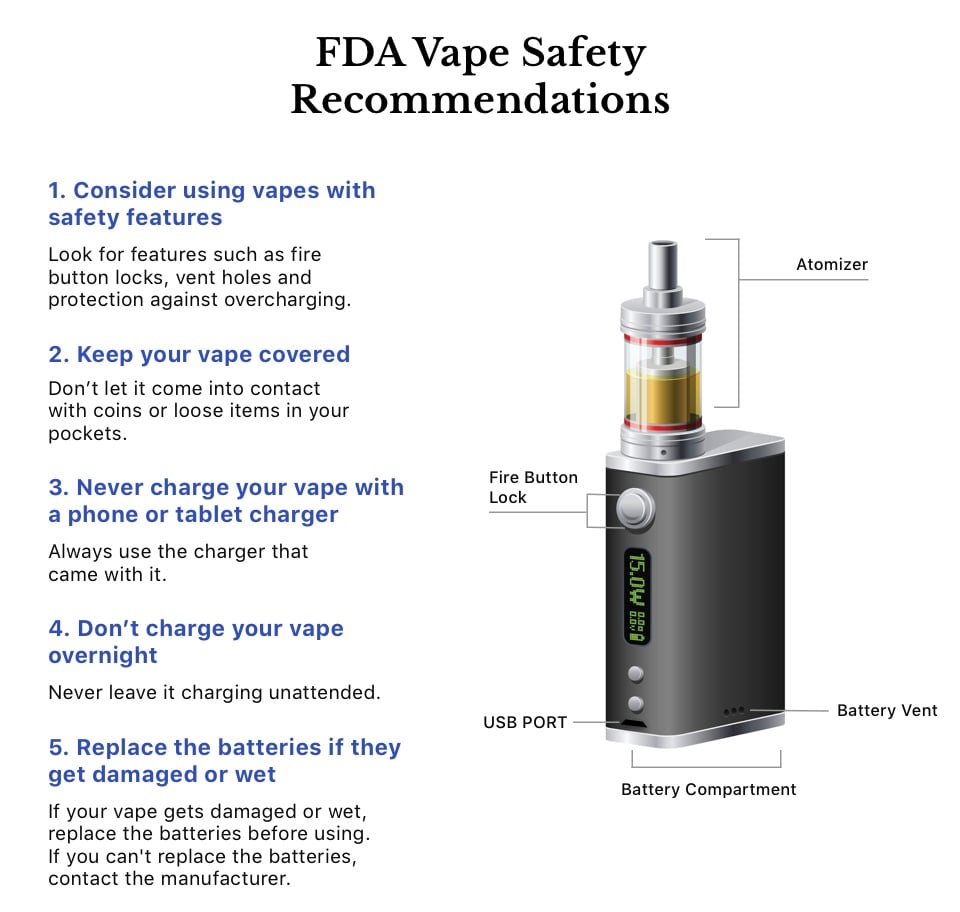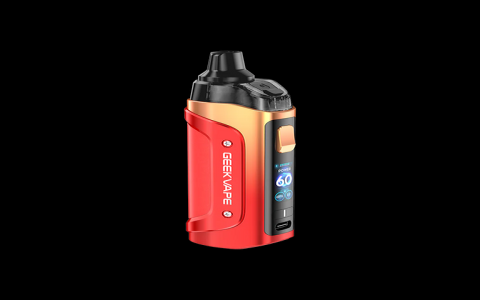Understanding Flavored Electronic Cigarettes
Flavored electronic cigarettes, or e-cigarettes, are devices that heat a liquid (e-liquid or vape juice) to create an aerosol, which is then inhaled by the user. The defining characteristic of these products is the addition of flavorings to the e-liquid, significantly altering the sensory experience of vaping.
E-Liquid Composition and Flavorings
The base of e-liquid typically consists of propylene glycol (PG), vegetable glycerin (VG), nicotine (which may or may not be present), and flavorings. Flavorings are complex chemical mixtures, often utilizing compounds also found in food products and cosmetics. Common flavor categories include fruit, candy, dessert, menthol, and tobacco.

- Food-Grade vs. Inhalation Safety: While many flavoring chemicals are designated as “Generally Recognized as Safe” (GRAS) for ingestion, their safety profile upon inhalation, especially when heated and aerosolized, is not always well-established and can differ significantly.
- Chemical Diversity: Thousands of individual flavoring chemicals can be employed to create a vast spectrum of flavor profiles. Key examples include vanillin (vanilla flavor), ethyl maltol (sweet/caramel notes), limonene (citrus), and menthol.
Appeal and Market Dynamics
Flavored e-cigarettes possess significant market appeal for several reasons:
- Taste Modification: Flavors can mask the inherent harshness of nicotine or the base e-liquid components, potentially making the aerosol more palatable, especially for individuals new to vaping.
- Sensory Variety and Customization: The extensive range of available flavors offers novelty and allows users to personalize their vaping experience, catering to diverse consumer preferences.
- Demographic-Specific Attraction: Certain flavor categories, notably those mimicking candy, fruit, and sweet desserts, have been observed to be particularly attractive to younger demographics, which has raised public health concerns.
The market for flavored e-cigarettes is expansive, with manufacturers continually introducing new and often complex flavor combinations to attract and retain consumers.
Regulatory and Health Considerations
The widespread availability and appeal of flavored e-cigarettes have prompted increased scrutiny from public health organizations and regulatory authorities globally. Key concerns typically involve:
- Potential Respiratory Effects: Specific flavoring chemicals, such as diacetyl (historically associated with bronchiolitis obliterans or “popcorn lung” in occupational settings involving inhalation), cinnamaldehyde, and benzaldehyde, have been detected in some e-liquids. These and other flavoring agents can act as respiratory irritants or pose other toxicological risks when inhaled.
- Uncertain Long-Term Effects: The long-term health consequences of inhaling the multitude of flavoring chemicals, particularly in their heated and aerosolized states as part of an e-cigarette emission, are still largely under investigation.
- Influence on Vaping Initiation and Nicotine Dependence: The attractiveness of various flavors, especially to non-smokers and youth, is a central point of concern regarding the initiation of vaping behaviors and the potential for subsequent nicotine addiction.
Regulatory approaches to flavored e-cigarettes vary considerably across jurisdictions. Some authorities have implemented restrictions or outright bans on certain flavors, particularly non-tobacco flavors, in an effort to mitigate risks related to youth uptake and potential adverse health impacts.










